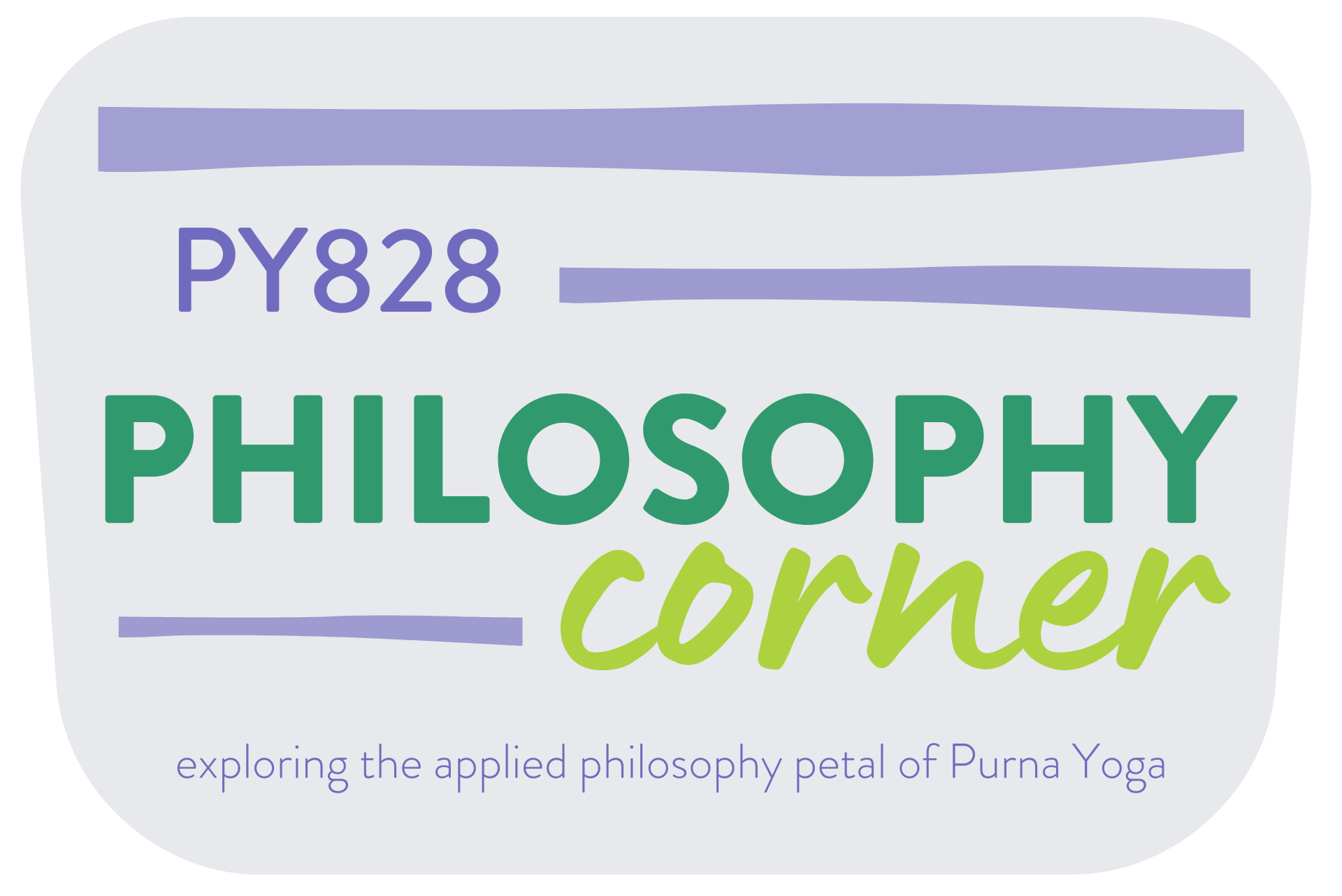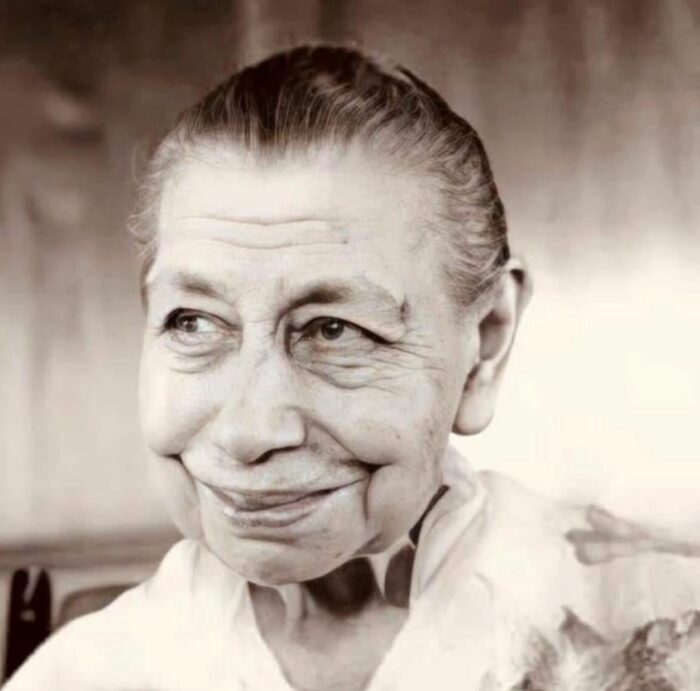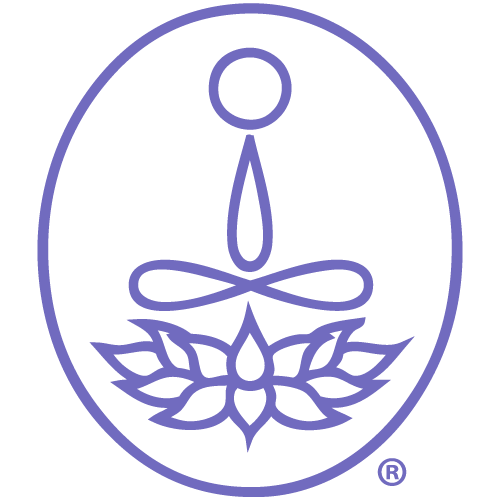
2024 Turning Inward, Discovering the Heart
In class and in social media, we’ve been exploring different topics each month throughout 2024. Each topic offers myriad ways to examine and deepen your practice and serves as an entry into the foundational texts of Purna Yoga. For the month of July, we’re reflecting on involution, or the act of turning our attention inward.
We don’t plan out topics for the whole year; as one month comes to a close and a new one begins, we’ve been letting intuition tell us what concept naturally flows from the one that came before. Last month we explored the idea of authenticity, and in our social media post, we suggested svadhyaya—self-study—as one way to cultivate authenticity. And what practice is essential for deep and honest self-reflection? The ability to turn inward, to tune into our inner voice, the voice of the true Self.
The true guru is the eternal self within you. – Sri Aurobindo
THE INNER SMILE
Aadil Palkhivala, co-founder of Purna Yoga with his wife, Savitri, discusses this practice many times in his book, Fire of Love. “Yoga is about self-discovery, about learning who we are,” he writes, “…everything you have looked for outside is already inside.”
“There are no prescribed practices in Sri Aurobindo’s yoga other than the inward turn, the perpetual looking inside, the intensity of concentration in everything we think, do, and say. There are no rituals in his yoga, just stilling the mind, discovering the heart, transforming the vital nature, making our lives an expression of our souls, and progressing, growing, and evolving each day.”
“Going within ourselves — involution — is always the first step in yoga, exploring the hidden chambers of our heart to find our true Self… Hidden deep within the veiled recesses of the Heart Center is a smile that emerges from a sense of connectedness with all things… As the dreary burdens of life weigh us down, our communication with our heart is stifled, the inner smile is smothered.”
Try this technique Aadil describes to turn inward and (re)connect with that inner smile:
“Stand in Namaskarasana (standing erect with the hands in Namaste). Pause, draw your mind inside your chest, and feel the connection with your Heart Center. Allow your inner smile to emerge and create a smile upon your face. In other words, your face shouldn’t smile because you are expected to smile, but because your face spontaneously reflects the smile in your heart. Once you have found this communication between heart and face, maintain this connection as you perform just one Surya Namaskar or some other familiar pose. Do not move unless your movement is initiated by the inner smile. As soon as the smile is lost, stop, reconnect, smile again, and only then continue. If you are honest, you may be surprised at how little you move. Most of our movements come from habits, conditioning, expectations, or a sense of duty. The mental processes live far from the Heart Center and can hardly be used to bring us back to it. We must be guided by the heart, and its eternal smile.”

Behind the emotions, deep within the being, in a consciousness seated somewhere near the level of the heart, there is a sort of prescience, a kind of capacity for foresight... – The Mother
PAUSING CREATES SPACE FOR INVOLUTION
As we post this, we’re welcoming students back to the studio after our annual summer break. We take pauses like these throughout the year to create space for rest and reflection, which are ever more necessary to sustain us in the ongoing work of liberation.
Pauses also let us get caught up on our favorite podcasts, and as we work this month with the idea of becoming more internally referential, we’re especially grateful for a recent episode of the Let’s Talk Yoga podcast, where host Arundhati Baitmangalkar shares three simple practices that meld perfectly with this month’s topic.
Wherever you listen to podcasts, dial up Episode 151 to hear Arundhati discuss these three practices (as she suggests, you can skip ahead to 7:45 to get to the tips in a snack-sized 13 minutes—a wonderful accompaniment to a short walk or a tea break). Any one of these is a potent way to explore involution, or turning inward:
- Arrive early to class and sit with yourself.
- Practice Mauna (silence) on the way home after yoga class.
- Spend a little time in reflection.
We encourage you to click through to the podcast and hear Arundhati walk through these in her own voice. And as the studio’s doors reopen, perhaps you will feel called to try her first suggestion, arriving a few minutes early to class and simply sitting quietly with yourself. Gather your props, then sit or lie on your mat with your eyes closed or open, and settle into stillness inside yourself.
Deliberately and mindfully turning inward is a lovely way to start class, and cultivates an embodied sense of yoga as an internal practice. As Aadil reminds us, “Go within… Only within your Heart Center can you realize, in a lasting way—a way unmoved by the ebbs and flows of affection and circumstance—that you are loved… During your practice, return again and again to your Heart Center, bathe in its light, sincerely seek its counsel.”



Sorry, the comment form is closed at this time.